[ad_1]

In the wake of the sustainability deal signed by nations at COP28, environmental, social and corporate governance (ESG) has never been as important to organizations as it is now. However, for many companies, abiding by ESG regulations feels like an administrative burden, instead of an initiative designed to deliver business value.
Nevertheless, customer awareness of corporate sustainability and climate-responsible business is increasing, and so are the number of businesses consumers can pick and choose from, leaving manufacturing firms struggling to differentiate themselves. If they want to attract customers and investors, and in turn stay ahead of increasing competition, manufacturers must look beyond merely fulfilling sustainability regulations, and make tackling sustainability issues an imperative part of their business model.
Moreover, sustainability goals are rallying points manufacturing organizations can use to accelerate projects that modernize process and supply chains – thereby improving cost, quality, flexibility and revenue on the road to achieving them.
VP and Head of Sustainability Services and Engineering, Cognizant.
The recipe for sustainability success
For many organizations, it is difficult to design and deliver on a consistent sustainability transformation, as various areas of the business struggle with attention and decision-making capability. For example, the sales department of a company may be wondering what environmental claims can be made about different products, the engineers may be wondering what material they should be using to reduce the carbon footprint about said products, and the procurement teams may struggle with the challenge of supplier collaboration.
Faced with siloed information, disconnected systems and unstructured, low-quality data, many manufacturers are finding it difficult to answer practical questions about product or manufacturing processes – let alone optimise these for sustainability outcomes. Most companies just don’t have access to the necessary data (though it may exist), decision points or people capabilities available to deliver sustained transformation. There are various drivers that impact changes in product strategy, such as flexibility, resilience, and quality, but often they are cost-driven, and usually come with the price of additional stress to the logistics and supply chain, which hinders the ability of manufacturers to balance their sustainability ambitions with revenue and profit goals.
Sustainability competitiveness requires certain capabilities that companies must prioritize, including operational efficiency, responsible material and supply chain management, as well as the development of circular business models. For example, operational efficiency could involve ensuring raw materials are transported at the right temperature, reducing energy waste in the supply chain, and ensuring production costs don’t exceed the cost of the end product. Likewise, circular business models require manufacturers to start thinking ahead to what happens to products after their primary use. For instance, electric car batteries can often still have 70-80% residual capacity at the point they are deemed as no longer meeting electric car standards. However, there are options for manufacturers to reuse them in lower intensity areas after they are replaced in the car, such as storing power from grid networks.
The key to meeting these requirements is leveraging data, decision points and skillsets within the organization. However, all too often data is concentrated in a few hands, meaning other teams can’t make the most of it. To overcome this manufacturers need to develop systems of tracking data across their organization, and then use tools like generative AI to enable teams to find and understand the data they need to do their jobs.
The Twin Transition
For businesses to meet ESG obligations, while ensuring business needs such as the optimization of resource use and maintaining a sustainable business model are met, there needs to be a major overhaul of current processes, systems and solutions.
Enter the ‘Twin Transition’ – the idea that for an organization to successfully prioritize sustainability, Net-Zero related transitions and digital transformation need to go hand in hand. One cannot exist without the other – whether it is driving better business decisions using data assets, or prioritizing tech capabilities to enable scalability. It’s critical for businesses to understand where their capabilities fall short—and to build a pathway to uplift these areas.
To get started on this challenging path, manufacturers must first map out their Net Zero goals, which includes resource and timeline planning, and defining different stakeholder responsibilities in the journey. There are several steps that businesses need to then take, for example prioritising which ESG metrics the company want to target. This could include reducing pollution, or increasing social opportunity for workers and the local community.
From there, they can define optimized metric journeys which ensure the firm is gathering all the data it needs to make an informed decision. This can be done through IoT sensors and smart devices and integrating these with core financial and production data, enabling better business decisions through governed data assets. Finally, firms should prioritize technology capabilities to enable scalability and establish a new operating model to deliver consistently.
For example, a manufacturer looking to reduce the emissions of a product would need to identify how much pollution is produced transporting materials to the factory, during loading and unloading, the manufacturing process, and how much is produced sitting in a shop. In the past this often relied on taking averages of how much CO2 might be released by a delivery van, or the average energy required to develop a product. Instead, by implementing sensors throughout the process teams can then see much more exact data. Once they have this data engineers can more accurately measure how changes in the process affects emissions, and continue to iterate the model until they reach the desired effect.
This allows the use of data and technology to drive stronger, sustainability-focused decision making.
Starting the green transformation
While significant strides are being made within the industry, it is still by the minority rather than the majority. Manufacturers must make a decision. By deprioritizing sustainability initiatives they may well see themselves falling behind as the world becomes more sustainable, while those that understand the symbiotic relationship between sustainability initiatives, digital transformation and business benefit will thrive.
We’ve listed the best ERP software.
This article was produced as part of TechRadarPro’s Expert Insights channel where we feature the best and brightest minds in the technology industry today. The views expressed here are those of the author and are not necessarily those of TechRadarPro or Future plc. If you are interested in contributing find out more here: https://www.techradar.com/news/submit-your-story-to-techradar-pro
[ad_2]
Source Article Link





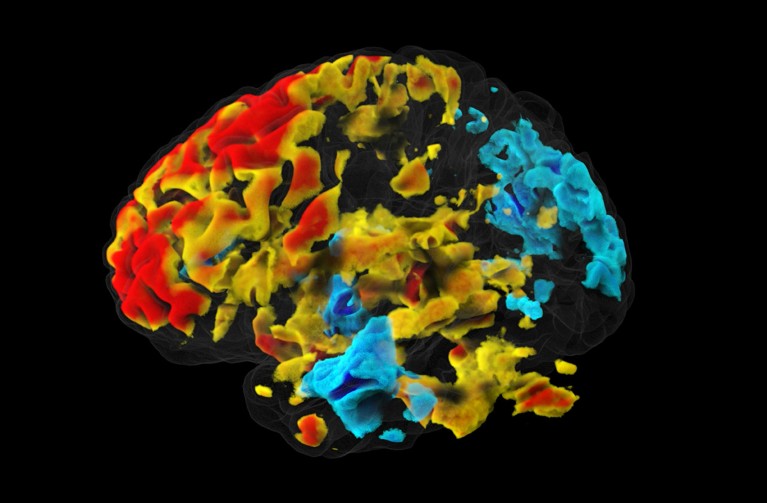
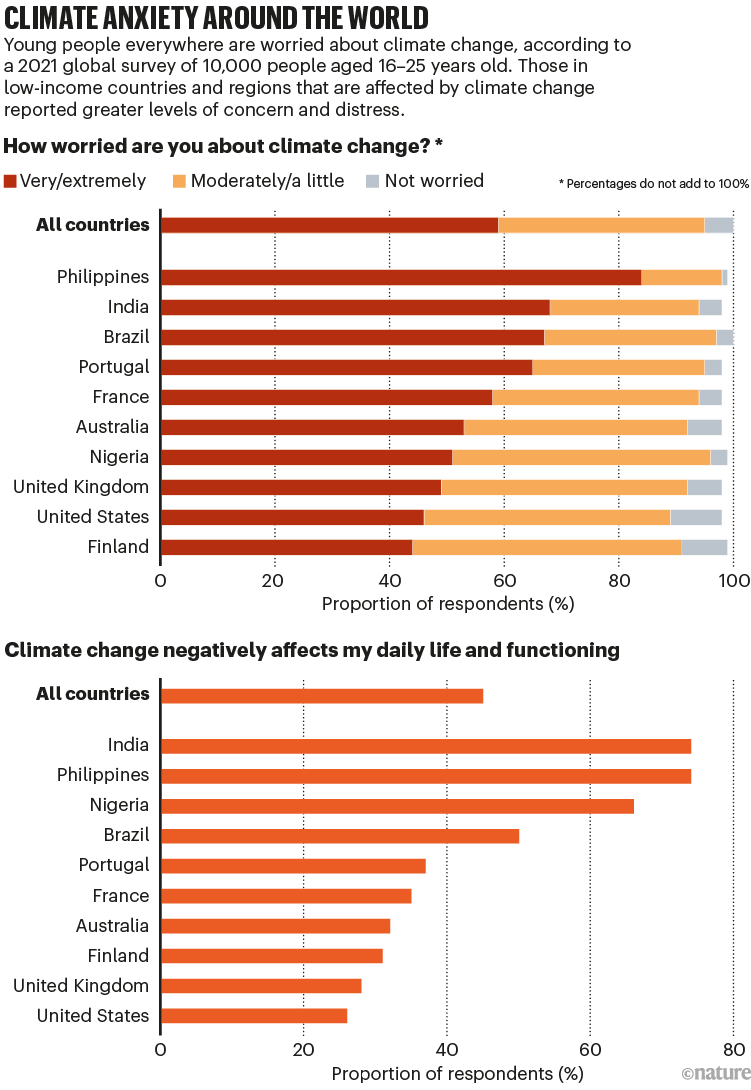

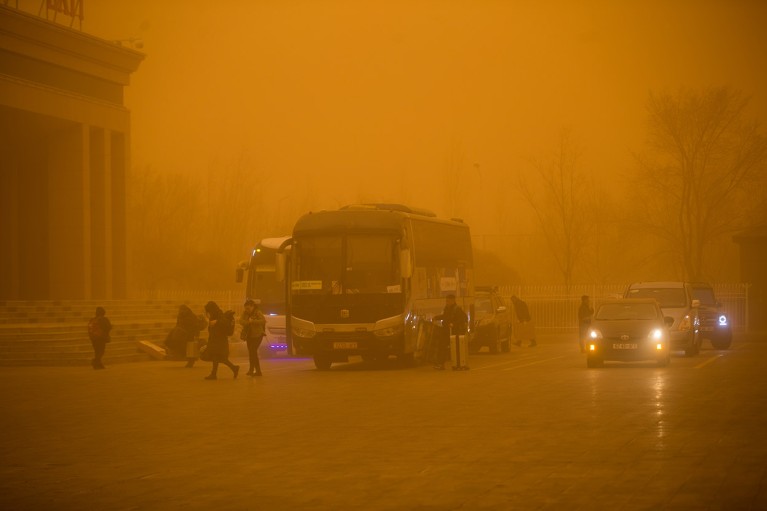
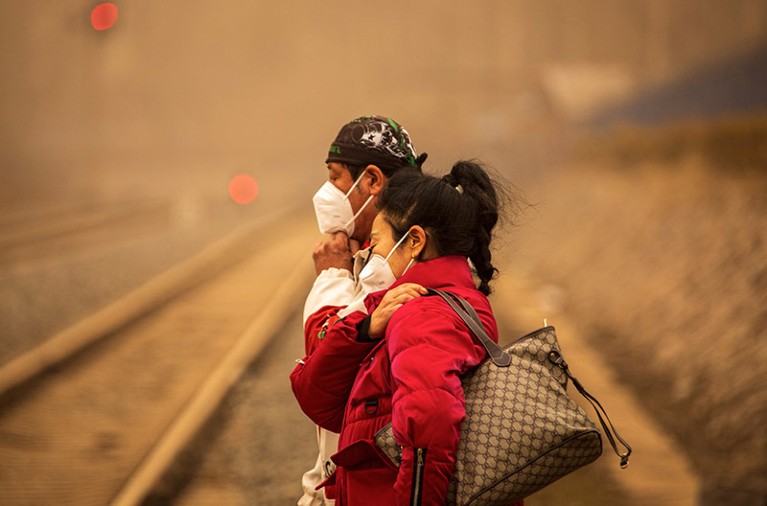



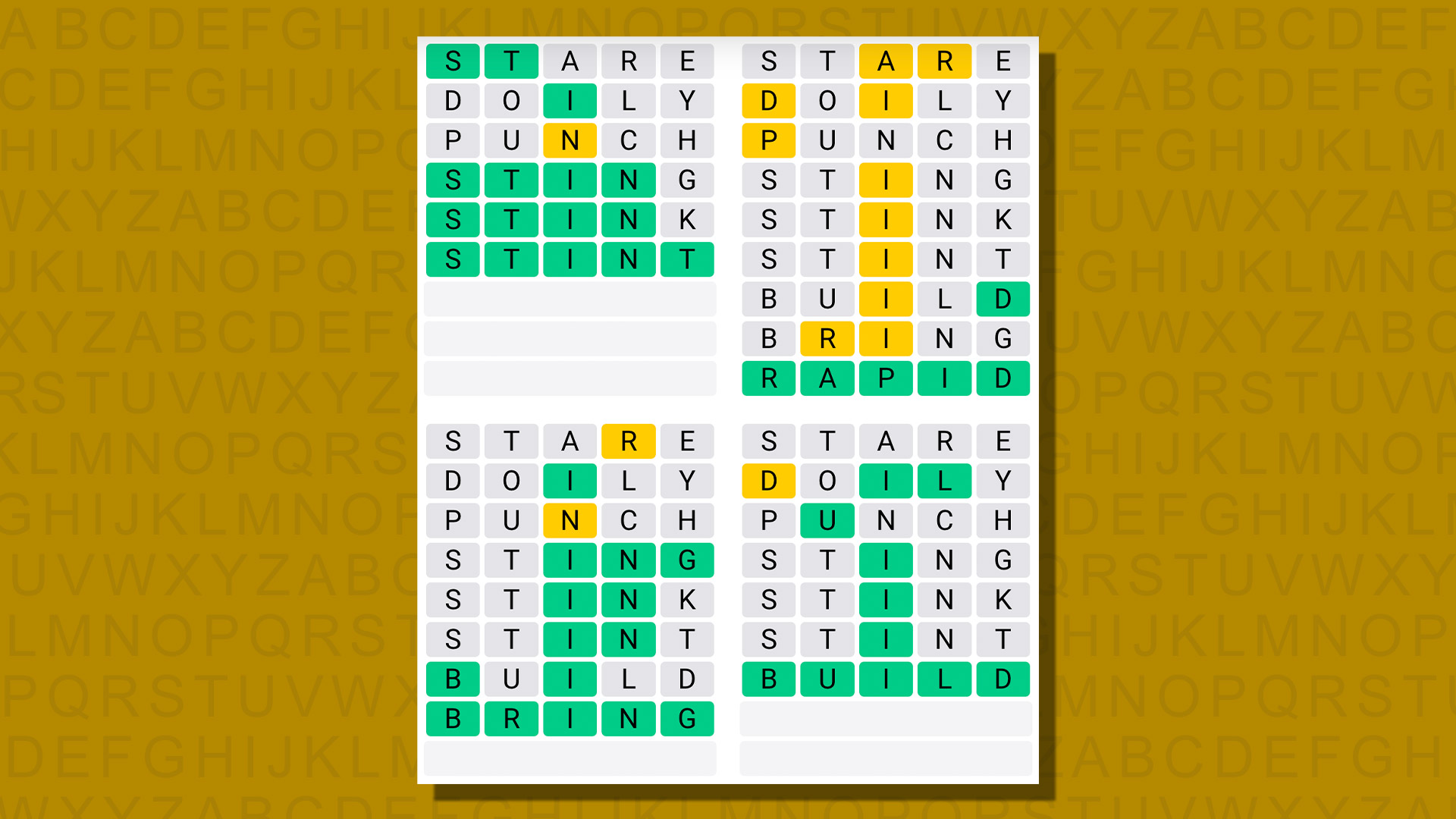
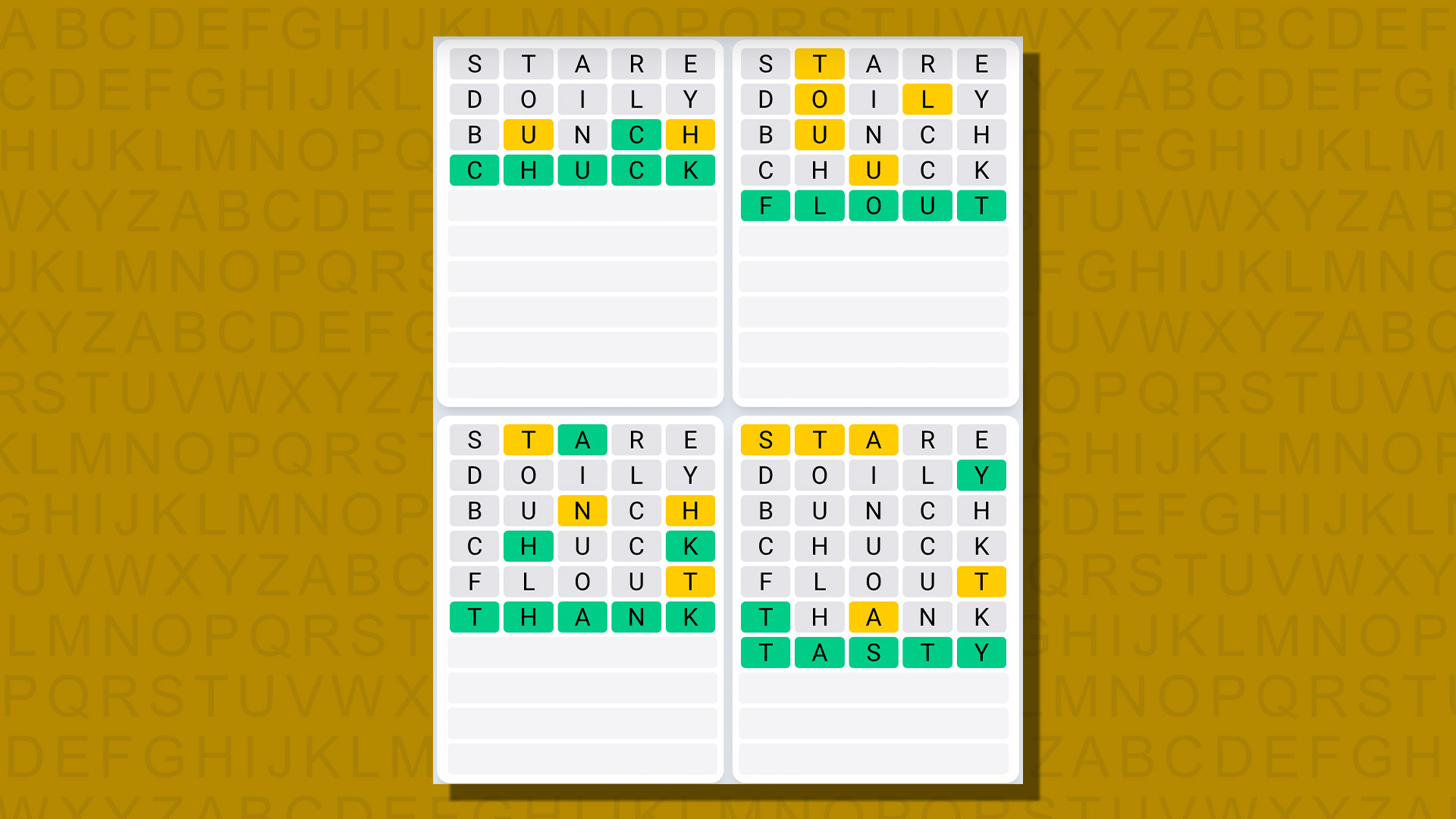

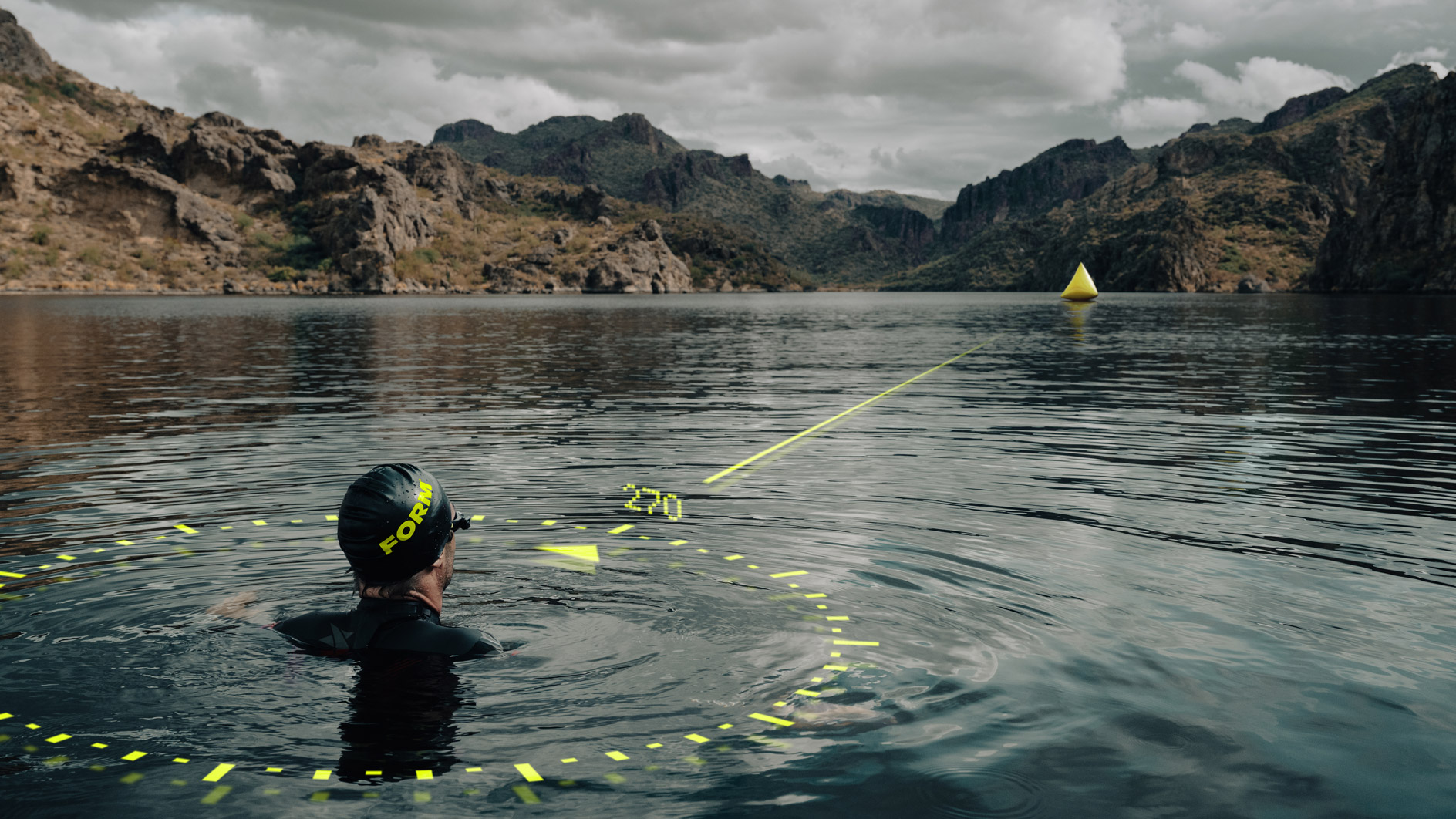






 April 14, 1986: The “low-cost” Macintosh 512Ke brings hardware upgrades — and a bit of confusion — to the low end of the Mac lineup.
April 14, 1986: The “low-cost” Macintosh 512Ke brings hardware upgrades — and a bit of confusion — to the low end of the Mac lineup.